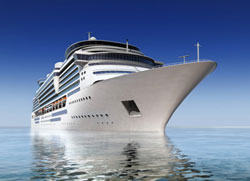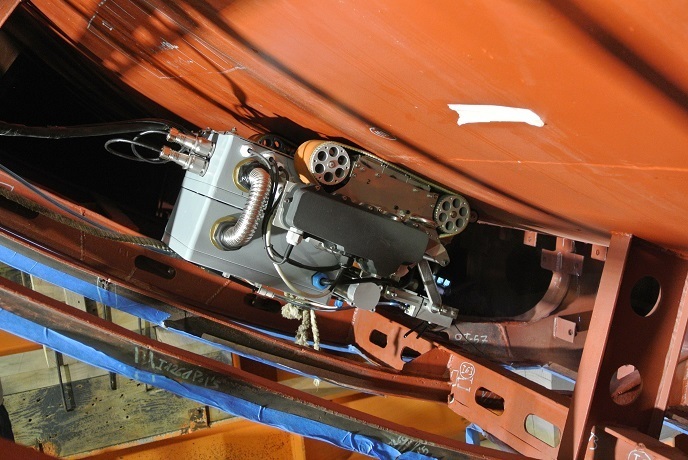Increasing comfort on board
During the past decades, ships have advanced considerably making sea travel faster, safer and more comfortable. Despite the improvements and the vessels withstanding severe weather conditions, motion sickness standards have still not been updated to include recent developments. Urged by this, the COMPASS project focused on an innovative prediction model on motion sickness and the development of standards for passenger comfort that are closer to the new reality. The model and the standards are expected not only to improve the safety of passenger and crew, but also the reliability and efficiency in the operability of new vessels. Until recently, most lab and in-field studies were based on a technique that allows the prediction of discomfort caused by multi-axis vibration at a frequency range between 1-100Hz. Little information was provided for discomfort at lower frequencies (less than 0.5Hz) while limited data was available for discomfort caused by the combined roll and lateral (or pitch and fore-aft) oscillation. Aiming to extend current knowledge on the interrelation between low-frequency motions, discomfort and impact of activities of passengers and crew, several experimental studies were conducted. This research focused on the frequency-dependence of motion sickness caused by roll (at 0.025-0.4Hz) and horizontal oscillation (at 0.0315-0.20Hz). Re-interpretation of this data also allowed researchers to estimate frequency weightings for prediction of the impact of horizontal and rotational motions. As low frequency translational and rotational motions are normally found in fast vessels, the valuable data could also contribute to the prediction discomfort in these new generation ships. This information could also improve the design of new ships and prove useful in the European shipbuilding industry to attract new operators. For more information click at the project website at: http://www.compass.cetena.it/(opens in new window)





